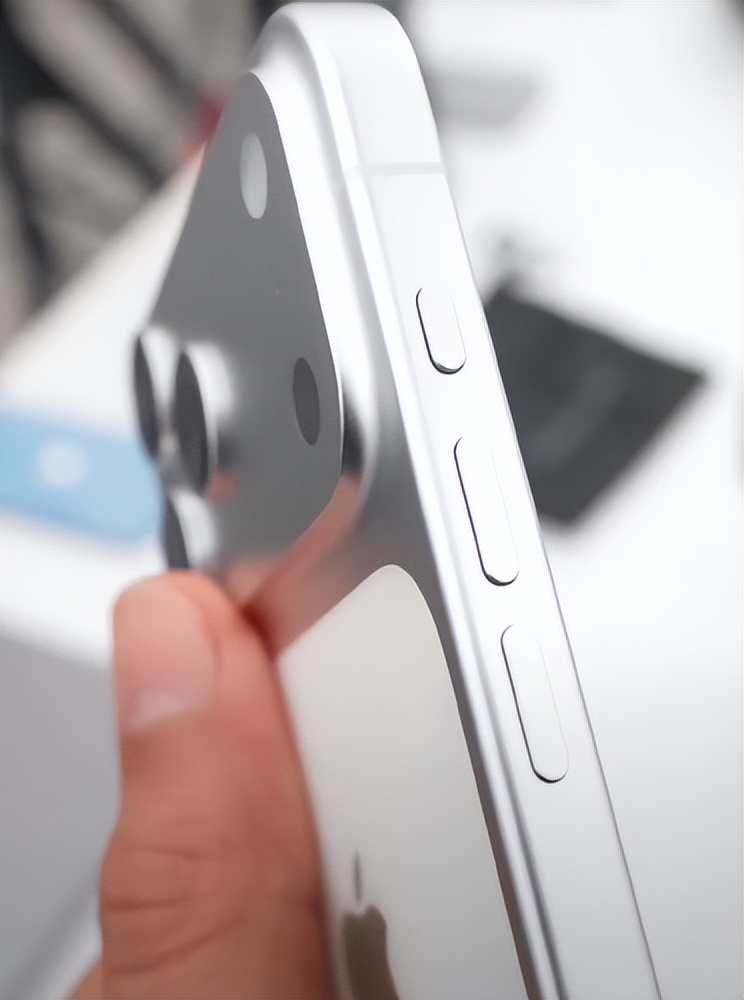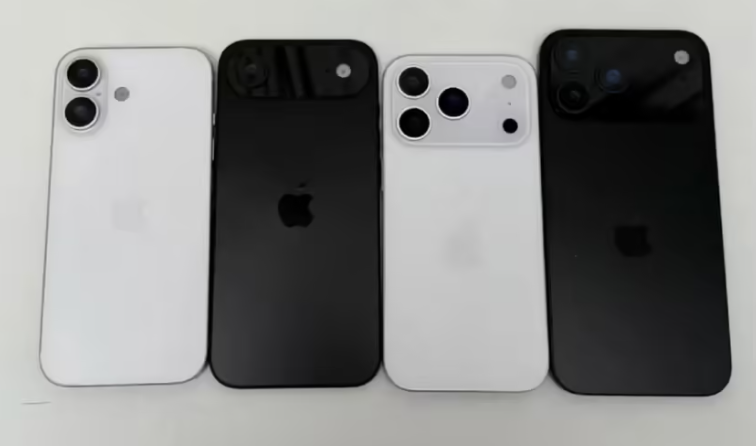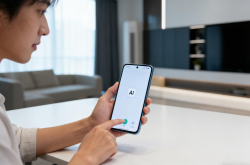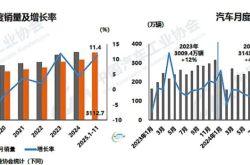iPhone 17 Pro Mockup Unveiled: Sleek Unibody Design with Premium Texture!
![]() 07/10 2025
07/10 2025
![]() 585
585
As leaks about the Snapdragon 8 Gen 2 continue to mount, the first batch of devices equipped with this chip has gradually come into focus online. The Xiaomi 16 series is all but confirmed to be the global pioneer in this regard. In parallel, Samsung has also made its mark on the global market, recently unveiling its latest foldable series, though the rumored triple-foldable device was notably absent. Fortunately, Samsung officials have personally assured that this device will see the light of day before the year's end, separate from the S26 series launch. Amidst the flurry of activity on the Android front, Apple has remained equally active, releasing fresh insights.
However, prior to official launches, Apple and other manufacturers typically refrain from personally revealing or confirming phone specifications. Instead, they rely on third-party sources for information dissemination. Recently, an online leaker claimed to have crafted an iPhone 17 Pro mockup that closely resembles the real deal. At this stage, the design is considered finalized, meaning barring any unforeseen circumstances, the final iPhone 17 Pro will likely adhere to this aesthetic.

The mockup, while not the genuine article, exudes a premium texture. From the frame to the expansive rear horizontal camera module and triple rear cameras, the unibody design is unmistakable. The new camera module layout is clear-cut, with the triple cameras on the left and the flash and LiDAR scanner on the right. The reason behind the module's size remains unclear, but given Apple's adoption of this design, subsequent third-party leaks will undoubtedly shed more light on it.
The metallic polish on the body imparts a sense of sophistication, distinguishing it from lower-priced metal body models. While Apple isn't the only manufacturer to employ a unibody design, competitors' implementations often give the impression that the body and camera module are separate entities rather than an integrated whole.

The iPhone 17 Pro mockup's attention to detail is commendable. Industry insiders know that Apple's body design necessitates precision milling, demanding advanced production techniques. Given its higher price point, Apple can justify such production costs. Beneath the camera module, Apple has incorporated a large hole with a glass insert, purportedly to enhance wireless charging and improve grip.
Moreover, the titanium metal frame used in the previous two generations has been phased out in favor of an aluminum alloy frame in the iPhone 17 Pro. This suggests that the trend of titanium alloy frames in the smartphone market may soon wane, with Apple no longer leading the charge.

Naturally, these changes will reflect in the pricing, with a potential price hike on the horizon.





